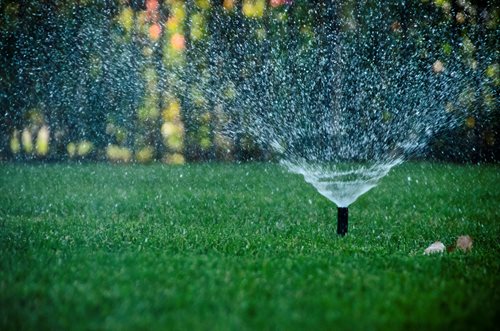CULTURE OF IRRIGATIONS
TYPES OF IRRIGATION

DRIP IRRIGATION

Drip irrigation involves placing tubing with emitters on the ground along side the plants. The emitters slowly drip water into the soil at the root zone. Because moisture levels are kept at an optimal range, plant productivity and quality improve.
SURFACE IRRIGATION

The term “surface irrigation” refers to systems that deliver water to crops using a gravity-fed, overland flow of water. Surface irrigation conveyance and distribution systems are among the first engineering innovations of humans, dating back to more than 6,000 years ago.
SUB IRRIGATION

Subirrigation is the distribution of water to soil below the surface; it provides moisture to crops by upward capillary action. Trickle irrigation involves the slow release of water to each plant through small plastic tubes.
SPRINKLER IRRIGATION

Sprinkler/spray irrigation is the method of applying water to a controlled manner in that is similar to rainfall. The water is distributed through a network that may consist of pumps, valves, pipes, and sprinklers. Irrigation sprinklers can be used for residential, industrial, and agricultural usage.
LOCALIZED IRRIGATION

A system where the water is distributed under low pressure through a piped network, in a pre-determined pattern, and applied as a small discharge to each plant or adjacent to it.
MANUAL IRRIGATION

Manual irrigation is by far the most common form of irrigation as anyone physically able to, can manually irrigate their crops. Manual irrigation is you moving water from plant to plant.
CENTER PIVOT IRRIGATION

A center pivot irrigation system is a movable pipe structure that rotates around a central pivot point connected to a water supply. Center pivot irrigation systems are the most popular sprinkler irrigation systems in the world because of their high efficiency, high uniformity, ability to irrigate
Comments
Post a Comment